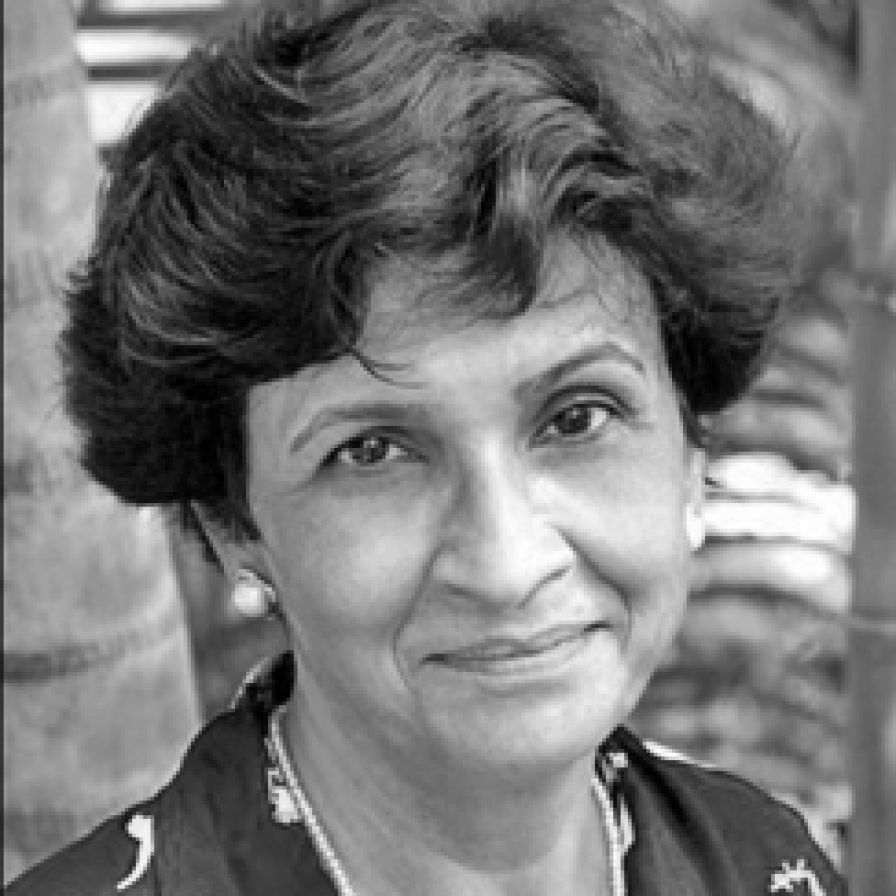Mystic Mantra: These pains you feel are messengers

We spend our life avoiding pain and seeking pleasure but no one succeeds in this futile effort. In fact, the more someone tries to avoid pain the more they get it because pain is not the opposite of pleasure, pain is the other pole of pleasure. Pain and pleasure are liquid emotions that’s why they easily get converted into each other. For instance, if you like ice cream, how much you can eat it at a time? Maybe after five or say 10 cups it is going to be a torture to gobble more ice cream. The pleasure turns into pain if you stretch it too far. And vice versa. Looking to this mercurial nature of pain and pleasure mystics like Jalaluddin Rumi have said, “These pains you feel are messengers. Listen to them.”
Messengers of what? Messengers of reality. The reality is that pain is the unavoidable step towards pleasure. Without pain, pleasure cannot exist. It will be interesting to look into the mechanics of pain: how do we feel the pain? Pain or pleasure is felt in the brain. Over the years neuroscientists have identified the “pain matrix,” a set of brain areas that consistently respond to painful stimuli. The message of pain is sent to nerves through the spine. Pain messages travel along the peripheral nervous system until they reach the spinal cord. The gate control theory proposes that there are “gates” on the bundle of nerve fibers in the spinal cord between the peripheral nerves and the brain. These spinal nerve gates control the flow of pain messages from the peripheral nerves to the brain.
Nature has created such a sophisticated system to process the pain in the body and mind and here we spend our life avoiding it! No, the maturity lies in understanding it, not avoiding. Remember, the rose came from the thorn and ruby came from the stone.
Osho regards pain as a spiritual discipline. Pain makes you stronger because it needs a strong spine to put up with the waves of pain without succumbing to it. Ironically, watchfulness is easier when you are miserable, because in moments of happiness one doesn’t want to have even the slightest feeling of separation from one’s body. In moments of happiness we move closer to the body; hence it is not surprising that a seeker of happiness becomes a materialist. A person who is continuously seeking happiness believes himself to be nothing more than his body. Whereas in moments of pain one wishes to have a distance from the body. That’s why the moments of pain can become moments of spiritual discipline, they can be turned into meditation, sadhana. The common mistake we make is that during times of suffering, we try to forget pain. If a man is in trouble, he will drink alcohol. or go and sit in a movie theatre. If somebody is miserable he will try to forget his misery with prayers and devotional songs.
These are all different ways and means to forget pain. A person who wants to forget misery can never wake up to misery. Only with an attitude of remembering, encountering, understanding can we become aware of something.
If you want to take the Osho tip: “Whenever you are in misery, take it as an opportunity. Be totally aware of it, and you will have a wonderful experience. When you become fully aware of your suffering, when you look at it face to face, not escaping the pain, you will have a glimpse of your separateness from it. By watching pain as an object you will go beyond both pain and pleasure. This is transcendence.”

